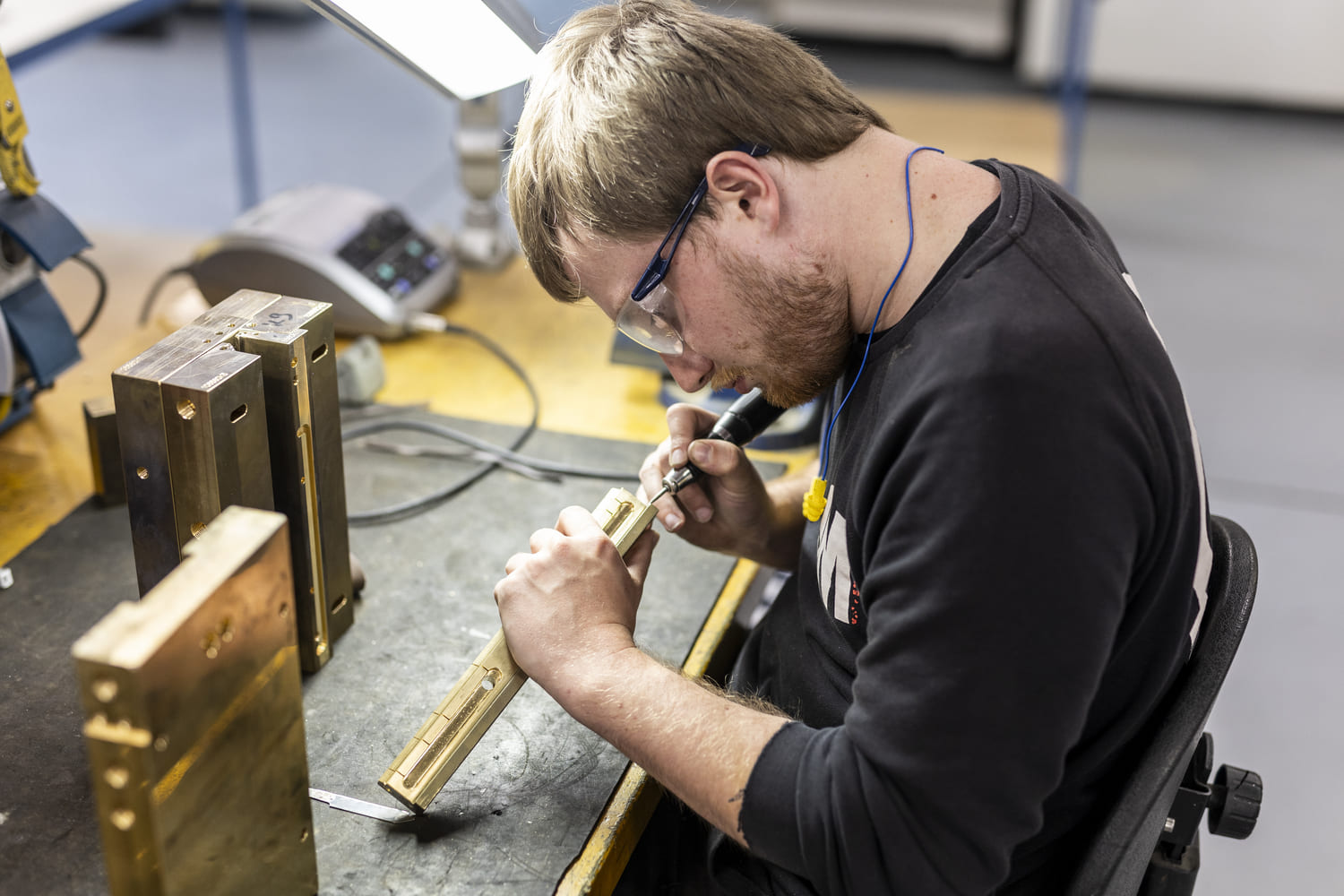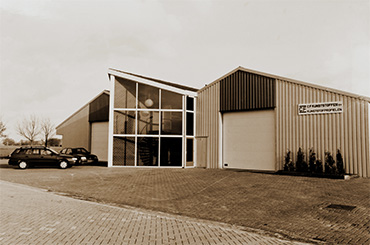ABS Profiles
The first ABS profiles were mechanical mixtures of Acrylonitrile, Butadiene, and Styrene. Later on, the compounds were mixed during the polymerization process. With this adaption of the process, the ground was laid to further the development of ABS. ABS polymers have gained a solid position among the more economical plastics and the more expensive special plastics. Especially in household appliances, computers, and the automobile industry ABS obtained a vital status. The heat resistant qualities of ABS of up to 100â° C (212â° F) combined with its strong impact resistance even in temperatures of -40â° C (-40â° F) makes ABS a versatile plastic for many purposes. Suitcases, sporting goods, safety helmets, and toys are often made from ABS.
Applications
ABS profiles are frequently used in:
- Filter systems
- Automotive industry
- Refrigerators and freezers
- Ventilation systems
Characteristics in short
- Maximum ambient temperature approximately 85 - 105â° C (185 - 221â° F)
- Good to excellent impact resistance
- Self-extinguishing, configurable
- Fairly high E-module
- Good co-extrusion qualities
Material qualities
Colors
ABS is renowned for its smooth and hard surface and its bright and brilliant colors. Without the addition of anti-oxidizers, weather resistance is rather low. For this purpose, ASA plastics are a better option.
Fire safety
Lacquer
ABS is a plastic that, due to its high amount of butadiene is not weatherproof. A protective layer of lacquer increases the lightfastness substantially. Typically, acrylic finishes are used for ABS plastic. Be aware that ABS is vulnerable to solvents. Chemicals can seriously decrease the impact resistance of ABS; only carefully selected solutions may be used. Testing the solution on ABS is the best way to establish the suitability of the product.
Welding
Chemical resistance
ABS is not chemically resistant to solvents and concentrated acids. It is, however, resistant to water, diluted acids, alkalis, saline solutions, gasoline, mineral oils, and grease.






